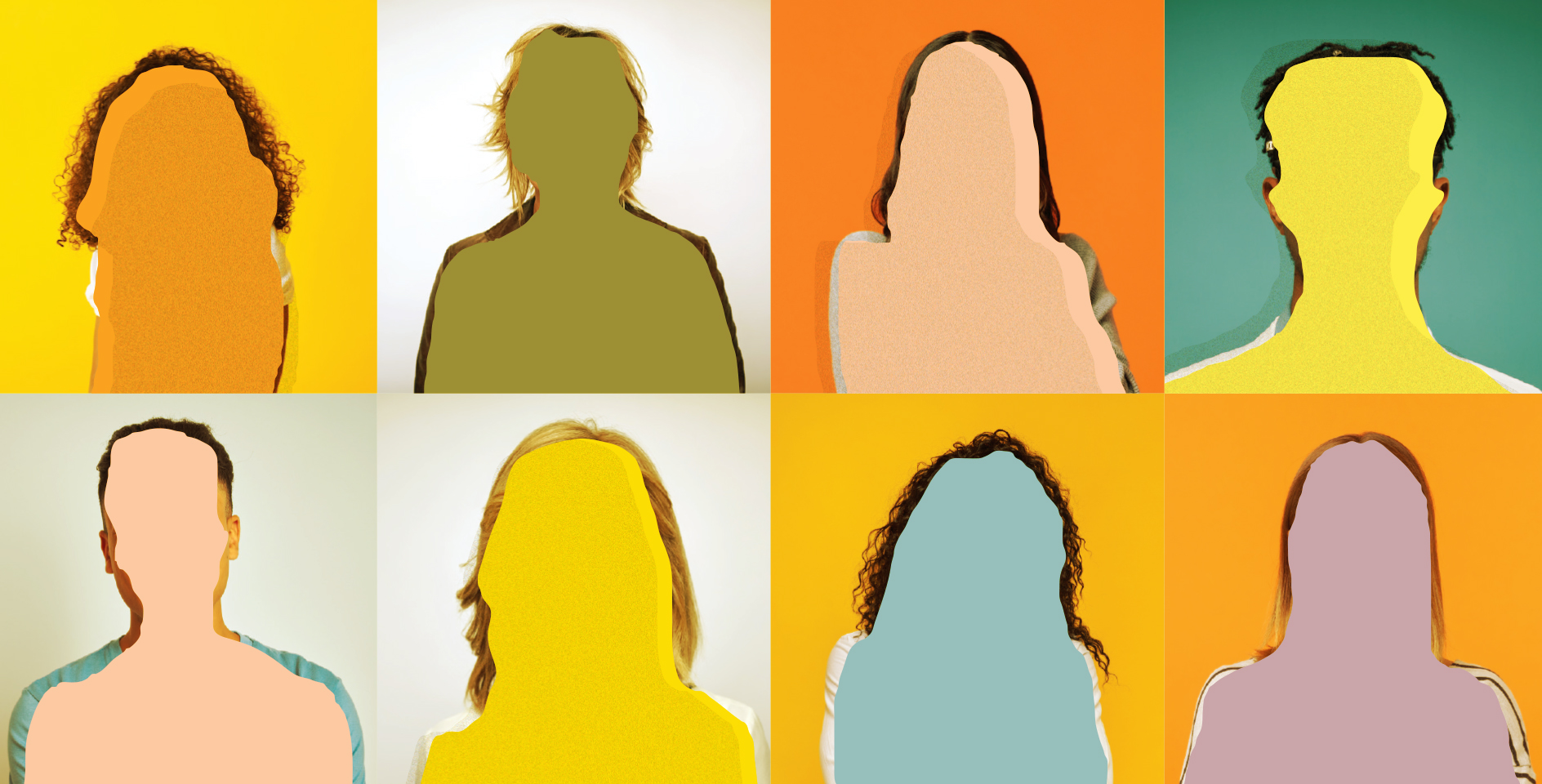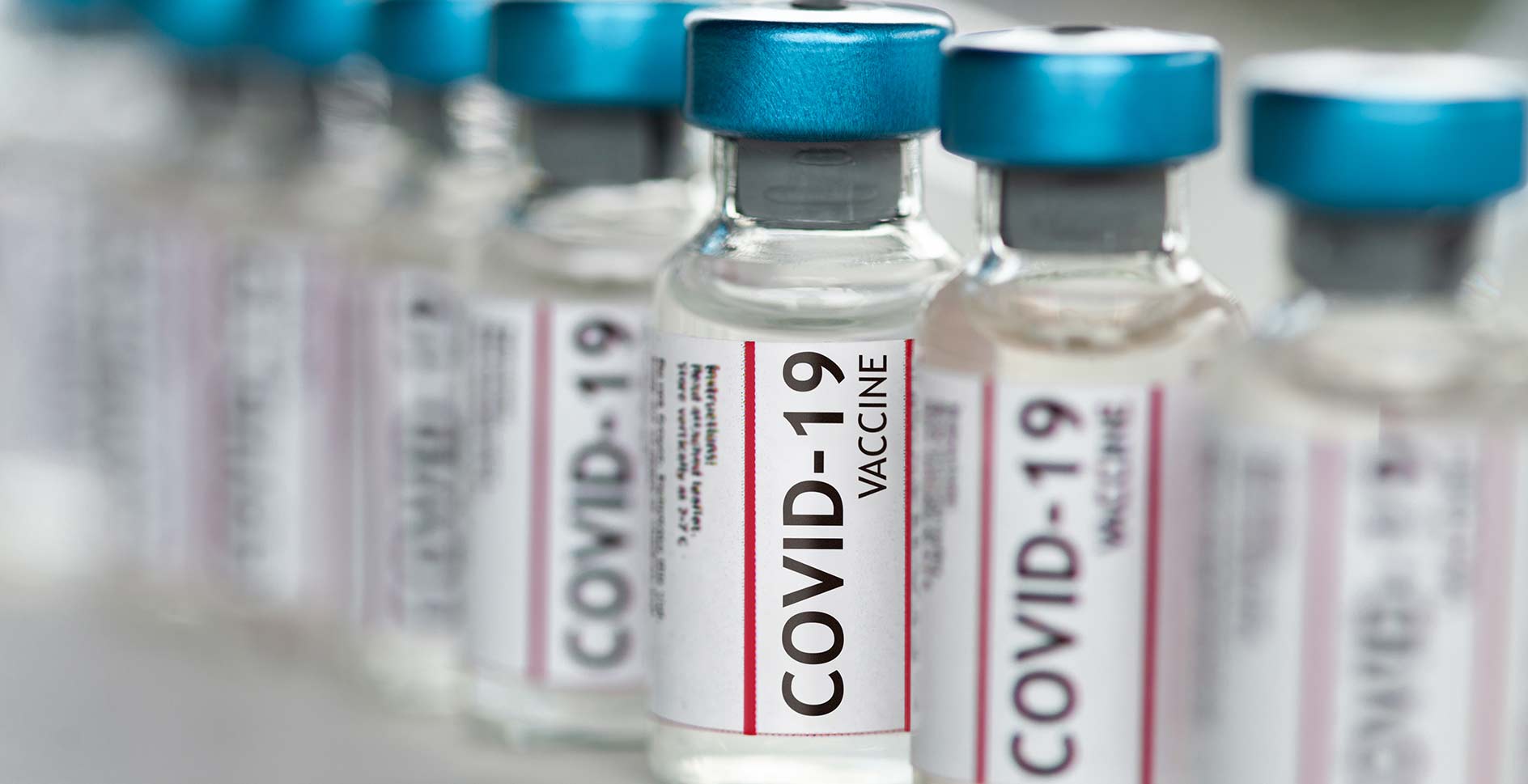In May 2015, health officials reported confirmed cases of Zika virus infection in areas of northeast Brazil. By the end of 2015, further reports emerged regarding an increased number of Brazilian infants born with abnormally small heads and neurologic impairment. Since the beginning of the outbreak, active transmission of Zika virus has spread to other regions of the Americas, and health officials indicate that continued spread to the United States is likely. In the face of this threat, here are some basic considerations to help you understand what is happening.
1. What is Zika virus and how is it transmitted?
Zika virus is a mosquito-borne pathogen currently causing outbreaks in several countries in South America, Central America, the Caribbean and the Pacific Islands. Zika is a flavivirus, which means it is in the same family of viruses as dengue, yellow fever and West Nile viruses. The primary mode of Zika virus transmission is through the bite of an infected Aedes mosquito—the same species that can serve as the vector for other tropical and subtropical viruses such as dengue, yellow fever and Chikungunya. Direct transmission of Zika virus through sexual contact has been reported, and it is also likely that pregnant women can pass the infection to infants in the womb.
2. Where did Zika virus come from?
Zika virus is not a new pathogen. It was first identified in a rhesus monkey in 1947 in the Zika Forest of Uganda. Sporadic human infections occurred in Africa and Southeast Asia, and the first human outbreak was recorded on a Micronesian island in 2007. Additional outbreaks in the Pacific Islands occurred, all of which were associated with mild, self-limited disease.
Beginning with the outbreak in Brazil in May 2015, the virus was introduced into new geographic regions conducive to sustained transmission of the infection. Conditions in the newly affected areas in South and Central America are likely to lead to continued spread of the infection because the areas are home to the vector of transmission (the Aedes mosquito), as well as large populations of susceptible people within which the infection can proliferate. Given the likelihood of international travel among asymptomatic infected individuals and the fact that the range of certain species of Aedes mosquitoes extends into southern portions of the United States, it is probable that pockets of local transmission of Zika virus will eventually occur in certain parts of the United States.
3. What medical problems are associated with Zika virus infection?
Most people who become infected with Zika virus have no discernable symptoms and are therefore unaware of the infection. About 20 percent of infected individuals will have clinically apparent disease, but even in these cases the illness is typically mild. The most common symptoms are fever, rash, joint pain and conjunctivitis. These symptoms typically begin within one week of being bitten by an infected mosquito. When symptomatic, the illness usually lasts a few days to a week and resolves on its own. In rare cases, infection with Zika virus may act as a trigger for Guillain-Barré Syndrome (GBS), an autoimmune illness characterized by muscle weakness and paralysis. Most people with GBS make a full recovery.
A noteworthy pattern emerging in some areas affected by the current Zika virus outbreak is the increase in the number of infants born with a condition called microcephaly. Microcephaly is a birth defect where a baby is born with an abnormally small head, indicating some degree of impaired brain development during gestation. There are many known causes of microcephaly, including congenital infections (infections passed from a pregnant mother to her developing child while in the womb), poor nutrition and certain drugs or toxins. While the increased incidence of microcephaly in areas of Zika virus outbreak indicate a possible association, it is important to note that microcephaly rates have not yet increased in all areas of outbreak. Zika outbreaks prior to 2015 did not report increases in the incidence of microcephaly. Further investigations are underway in attempt to definitively determine if there is a causal link.
4. What measures are being taken to control the outbreak?
There are no specific antiviral therapies for Zika virus disease. The standard course of care for symptomatic individuals involves supportive therapies such as rest, hydration and fever and pain reducing medications. Eighty percent of infected individuals have no symptoms and require no additional care.
No vaccine is available for the prevention of Zika virus infections in humans. In areas with active or potential Zika virus transmission, the most effective methods of preventing the spread of infection center around avoidance of mosquito bites via mechanical and chemical barriers. Mechanical mosquito barriers include bed nets, air conditioned interior spaces, screened doors and windows, as well as wearing long sleeve shirts and long pants. Chemical interventions are intended to prevent mosquito bites (through the use of insect repellants) and reduce the overall number of mosquitoes present in a community (through pesticide fumigation practices).
While studies of the possible association between infection and birth defects are ongoing, the Centers for Disease Control and Prevention (CDC) issued a Health Advisory urging pregnant women to postpone travel to areas with active transmission of Zika virus. If postponement of such a trip is not possible, pregnant women or women trying to become pregnant are advised to speak with a healthcare provider prior to traveling and should carefully follow all instructions on how to avoid mosquito bites.
5. How should Christians respond to the Zika virus outbreak?
While the impending spread of Zika virus and the potential harm to congenitally infected infants represent real public health challenges, we should be careful to wisely consider the proposals for infection control and prevention. Commendable responses to this outbreak are marked by resolve, not panic. Yes, we should recognize the potential severity of the threat and act accordingly, but we should also refuse to allow fear to trump our core convictions of compassion and the dignity of all human life.
The avoidance of unnecessary travel into areas of active transmission is a prudent step in curtailing the spread of Zika virus to further areas. And yet, even if we cancel our Brazilian vacations, we would do well to take interest in the growing burden of disease and be willing to come to the aid of others in need. Even as some pray that the outbreak stays “their” problem, others are thinking of ways to partner with affected communities, healthcare workers and researchers to help stop the spread of infection and care for the people impacted by it. Whether serving on the field (as many colleagues in the medical field do in various ways) or contributing in tangible ways from afar, the point is that our response should not be primarily driven by a self-centeredness that neglects the needs of those around us, but by Christ-like compassion for the suffering of others.
In addition to the temptation to ignore the problem and hope it doesn’t come our way, other proposals for mitigating the effects of the outbreak have the potential to raise significant ethical questions. Several countries have recommended that citizens postpone pregnancies while Zika virus continues to circulate. Some of the countries, such as El Salvador, are predominantly Roman Catholic, which potentially puts the government’s recommendation at odds with the religious convictions of many people regarding birth control.
Even if one does not oppose all forms of birth control, it would be wise to consider whether these proposals will cause an increase in the use of abortifacient birth control measures. These measures include birth control medications and devices that have the potential to prevent the development of a fertilized egg, as well as surgical procedures designed specifically to do away with an infant found to have a birth defect in the womb. Sacrificing the life of an offspring to avoid the possibility of infection or the prospect of living with disability is a wicked trade. The God-given dignity of human life is more valuable than having our fear of earthly suffering assuaged.










